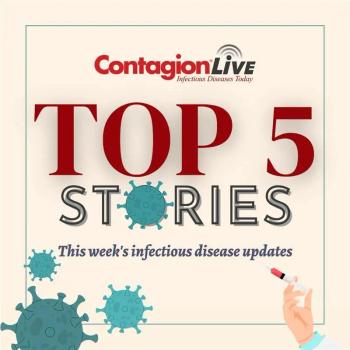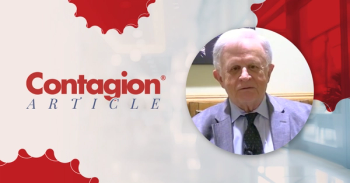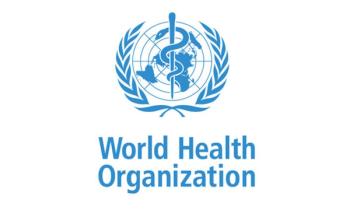
Has HIV PrEP Uptake Increased Among High-Risk Persons?
Although HIV PrEP uptake is gradually increasing, usage remains low among key at-risk populations.
One study, presented at the recent IDWeek conference, sought to determine whether high-risk persons were taking emtricitabine and tenofovir disoproxil fumarate (FTC/TDF) PrEP. The investigators identified persons 15 years and older who were determined as high risk for HIV according to the IBM MarketScan® Commercial Claims and Multi-state Medicaid Databases.
“High risk” was defined by high-risk sexual behavior or rectal/repeated bacterial
The investigators found that FTC/TDF PrEP uptake increased from 0.1% in 2012 to 7.3% in 2018 among commercially insured individuals. Among high-risk persons with Medicaid insurance, PrEP uptake increased from 0.01% in 2012 to 0.5% by the end of the study period.
The greatest increase in PrEP usage was observed in individuals 35 years and older; this cohort saw a PrEP increase from 0.1% to 13%. The smallest increase was among 16-25-year-olds, who raised from 0.03% to 2.3% PrEP usage. The largest proportion of PrEP users were 25-34 years old, and the largest proportion of non-PrEP users were 18-24 years old.
Across all cohorts, the PrEP non-users were majority female (62.9%) and Black/African American (49.1%). PrEP users were more likely to identify as homosexual (46.6%) or bisexual (3.9%) than non-PrEP users. Individuals who used PrEP had more comorbidities than non-PrEP users with Medicaid, and were overall less likely to have fee-for-service insurance plans.
The investigators concluded that although PrEP uptake did increase across the board, usage rates remain suboptimal. PrEP prescriptions remained especially low among young, female, heterosexual, and Black/African American individuals. The investigators postulated this poor uptake is indicative of traditional FTC/TDF daily oral PrEP not fulfilling the needs of persons at high risk of HIV infection.
Newsletter
Stay ahead of emerging infectious disease threats with expert insights and breaking research. Subscribe now to get updates delivered straight to your inbox.




